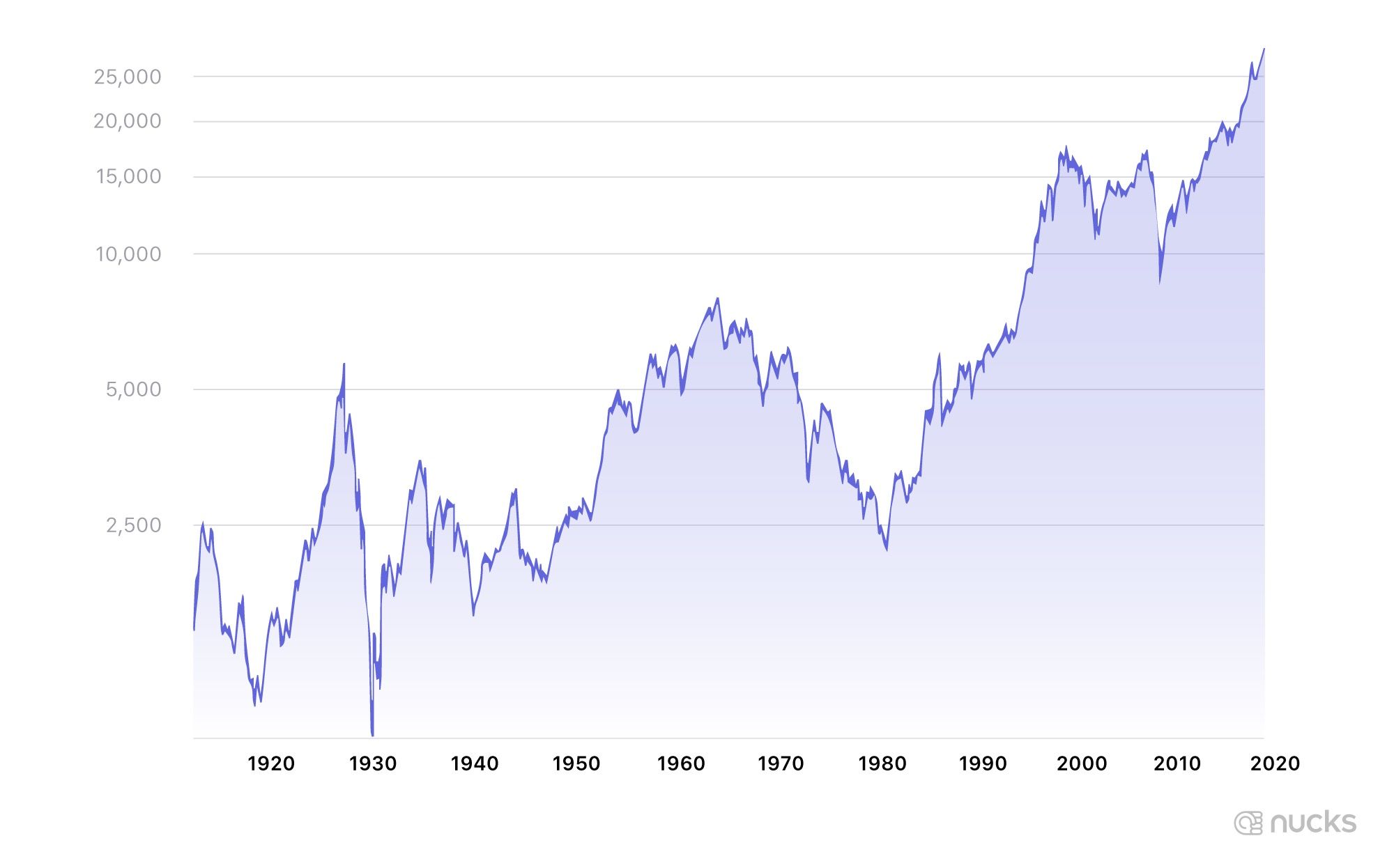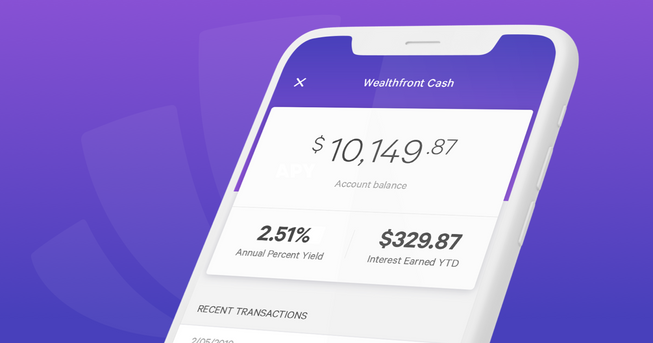Lately some friends asked that I teach them more about investing in the stock market. What they don’t know is how simple investing can and should be.
By the end of this post, you will have an understanding of how to create wealth and a clear path to achieve it.
Let’s first go over a few financial concepts that are important to understand.
You’re Losing Money Each Day
Where is your money kept? Most likely, it’s sitting in a savings or checking account that is receiving ~0.1% in interest per year. If you have $1,000 in your account, your bank will pay you $1 each year that you hold your money there.
Sounds great, right? That’s better than keeping cash under the mattress—barely.
Inflation, or rising costs, is why that’s not ideal. Each year prices rise an average of 2% in the US*. Inflation swallows the 0.1% interest you think you’re earning. Given the above scenario, you are losing $19, or 1.9%, yearly. And as your money sits, it becomes worth less and less.
How to Beat Inflation
Investors need to earn more than the rate of inflation to build wealth. They do that by buying assets or valuables that will increase in value.
Examples of assets are:
- Stocks
- Real estate
- Cryptocurrency
- Gold or other precious metals
- Collectibles
Stocks are the asset that I will focus on; although, diversifying between different asset classes is a good principle to follow.
There are several other small adjustments you can make to try to beat inflation. One would be to keep cash in a high-yield online savings and checking account, but I’ll cover that at a later date.
For now, let’s discuss the easiest assets to own—stocks.
Benefits of Buying Stocks
When you buy stock, you are buying part of a company. This is important to note because not all companies do well. Too often people buy stocks because of speculation. They don’t understand the business metrics or models behind the companies they own. Don’t do this!
Although some get lucky and buy stock in specific single companies that go up in value, this is rare and nearly impossible to replicate. Even seasoned investors struggle to create large returns for themselves and clients.
What we do know is that the stock market itself does produce good returns.
The Stock Market Always Rises
Since the creation of the stock market, prices have consistently risen over time.

This doesn’t mean that there aren’t dips or recessions, similar to the one we saw in 2008. But in time, stock prices will be higher than they are today.
When you invest in the stock market, you need to treat it as a long-term investment because that’s what it is. You don’t want to put money in the market that you plan on using in the next 0–5 years. If you do, don’t say I didn’t warn you.
No One Knows When the Stock Market Will Crash
Predictions about the direction of the stock market are made every day. Experts say a crash is coming. Experts also say that the market is about to soar. That’s what they are paid to do.
Your job is to ignore them.
No one knows when the next stock market crash will be, and it’s pointless to speculate. Continue investing through highs and lows without worrying about when the market will crash. This is the only way to guarantee that your money will be in the market on the days it rises most. And remember—when it falls and you watch money disappear before your eyes—the stock market always goes back up.
But you should diversify. If you invest all your money in a single company, the chances are that you’ll lose it.
Index Funds Are the Answer
A better way to invest for the novice investor is through something called an index fund.
Index funds hold a collection of stocks that try to match the overall performance of the stock market. Rather than owning a single company, you can diversify and own hundreds of companies in varying sectors through a single fund.
It doesn’t get any simpler than this. Even Warren Buffett encourages most people to buy index funds. Over the past 90 years, index funds have returned an average of 10%.
All you need to do is buy an index fund, and you will be buying a well-diversified set of companies. As companies rise and fall, they are are added and removed from the fund for you. This is great for the investor who wants to buy and hold without having to worry about pulling out at the right moment.
VTSAX: The Ultimate Fund
Different index funds exist, but the fund that I recommend is VTSAX. VTSAX is Vanguard’s index fund that targets the U.S. stock market. When you buy a share of VTSAX, you invest in over 3,600 companies across the country, including companies like Apple, Microsoft, and Amazon.
Over the past 10 years, VTSAX has averaged a 13.58% annual return, with some years returning well above 13%.
Investing in VTSAX requires opening an account with Vanguard and a minimum deposit of $3,000. The expense fee you’ll pay to invest is 0.04%, which is incredibly low for a fund. Vanguard is known for having the lowest fees in the industry because of its unique ownership structure. When you invest with Vanguard, you are an owner of Vanguard itself.
If you don’t want to create a Vanguard account, Vanguard also offers an ETF version of VTSAX named VTI. ETF is a term used to describe the stock version of a fund. VTI is a stock that you can buy with Robinhood or any other U.S. brokerage.
In other words, you can invest in the entire stock market by buying a single stock. The benefit of buying VTI is that it only has an expense fee of 0.03%. To give you an idea of how inexpensive that is, most funds charge ~0.75–1%.
Now that you know about the ultimate stock, let’s walk through the steps to produce wealth.
The Path to Wealth
You don’t need to make hundreds of thousands of dollars each year to become rich. But you do need to follow three simple rules.
- Set up your investments so that they happen regularly and automatically. I put a set amount of money into the market every two weeks.
- Buy VTSAX and hold it for the long-term. Ignore drops in the market and buy more during these times if you can. Compound interest will handle the rest.
- Put as much as you can into tax-advantaged accounts first, such as a 401k, IRA, or an HSA. To learn more about specific accounts, I recommend reading The Simple Path to Wealth or I Will Teach You To Be Rich.
That’s it. It’s that simple.
Buy VTSAX, hold, and watch your wealth grow.
What do you think? Comment below.
*Inflation rates constantly change. The average annual inflation rate from 1990 to 2018 was 2.46%.



